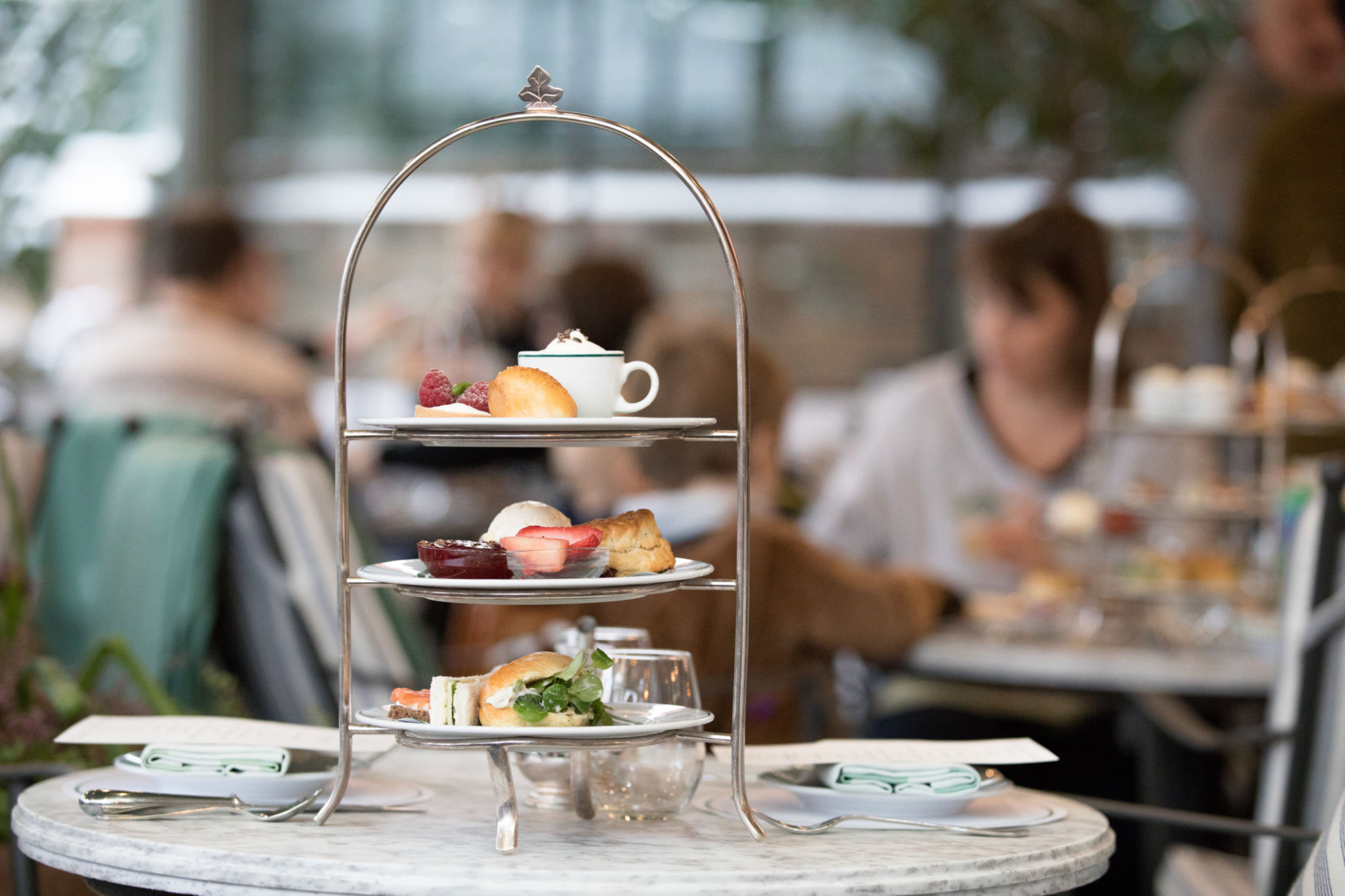The History and Tradition of Afternoon Tea in the UK
LK
Origins of Afternoon Tea
Afternoon tea is a quintessentially British tradition that dates back to the early 19th century. It was introduced by Anna, the Duchess of Bedford, who found herself feeling peckish during the long stretch between lunch and dinner. To satiate her hunger, she began inviting friends to join her for an afternoon snack of tea, bread, butter, and cake. The idea quickly caught on among the upper classes.
As the practice spread, it evolved into a social event for the elite. Afternoon tea provided an opportunity for ladies to showcase their finest china and tableware while indulging in delicate sandwiches and pastries. The tradition became firmly rooted in British culture, symbolizing elegance and sophistication.

The Components of Traditional Afternoon Tea
A traditional afternoon tea is a carefully curated affair featuring a variety of sweet and savory items. It typically includes:
- Finger sandwiches: Delicate sandwiches with fillings such as cucumber, smoked salmon, or egg and cress.
- Scones: Served with clotted cream and jam, scones are a staple of any afternoon tea.
- Pastries and cakes: A selection of sweet treats like macarons, éclairs, and petits fours.
Of course, the centerpiece of this ritual is the tea itself. From classic Earl Grey to delicate Darjeeling, a variety of teas are served to complement the food.
The Etiquette of Afternoon Tea
The ritual of afternoon tea is steeped in etiquette. There are specific ways to hold the teacup, stir the tea, and even spread jam and cream on scones. Traditionally, the cream is spread first, followed by a dollop of jam. However, this order can vary based on regional preferences.
Another point of etiquette is the proper use of utensils. For instance, the teaspoon should never be left in the cup but placed on the saucer after stirring. Observing these small yet significant customs adds to the charm of the experience.

The Decline and Revival of Afternoon Tea
In the mid-20th century, afternoon tea saw a decline as changes in lifestyle and working patterns meant fewer people had time for this leisurely ritual. However, in recent years, there has been a resurgence in its popularity.
This revival can be attributed to several factors. The growing interest in vintage trends has led people to embrace traditional practices. Additionally, hotels and restaurants have reimagined afternoon tea experiences, offering themed or modernized versions that attract both locals and tourists alike.
Modern Takes on Afternoon Tea
Today, afternoon tea has evolved beyond its original format. Many establishments offer unique takes on this classic tradition, such as champagne teas or themed experiences inspired by popular films or historical events.
This modern iteration has allowed afternoon tea to appeal to a broader audience, blending tradition with contemporary tastes. As a result, it remains a beloved social activity that continues to thrive in Britain and beyond.

The Global Influence of Afternoon Tea
The influence of British afternoon tea has spread across the globe, with many countries adopting their own versions of this iconic tradition. In places like Japan and China, tea ceremonies have long been part of cultural practices but have also incorporated elements of British afternoon tea.
This global reach highlights the universal appeal of taking time out to enjoy good company and delicious treats over a cup of tea. It underscores the power of this simple ritual to bring people together across diverse cultures.
The Future of Afternoon Tea
The future of afternoon tea looks promising as it continues to adapt to modern tastes while preserving its historical roots. With ongoing innovations and creative interpretations, afternoon tea remains relevant in today's fast-paced world.
Whether enjoyed in a traditional setting or with a contemporary twist, afternoon tea embodies timeless elegance and hospitality. Its enduring charm ensures that it will remain a cherished tradition for generations to come.